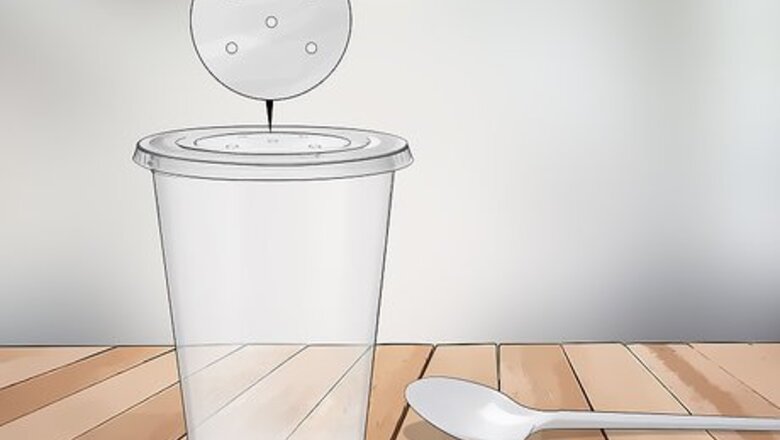
views
Collecting Isopods

Get a plastic cup and spoon to catch the isopods. Cut a few holes in the lid of a clean, plastic drinking cup to create ventilation. A plastic spoon is good for quickly scooping up any isopods you find and transferring them to the cup. Alternatively, use a plastic container with a lid.

Look for isopods in dark, sheltered, and damp places. Isopods like pillbugs and sowbugs are often found under logs, rocks, compost heaps, and leaf litter. Flip logs and rocks carefully, and use the spoon to disturb leaf litter and compost heaps. The isopods will scatter when they are disturbed and exposed to light. Try looking for isopods in your backyard, parks, forests, and around ponds. A flashlight can be useful for spotting isopods.
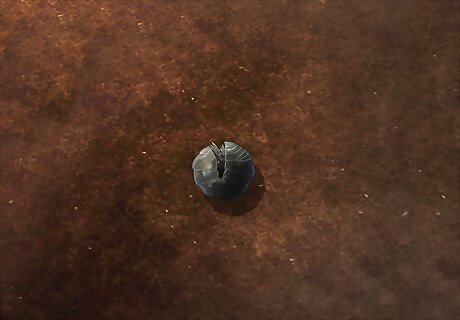
See if the isopod rolls into a ball to spot a pillbug. It's easy to tell pillbugs and sowbugs apart. Pillbugs curl into a ball when they feel threatened whereas sowbugs just scatter. Pillbugs and sowbugs are very common garden isopods. They both make great pets!
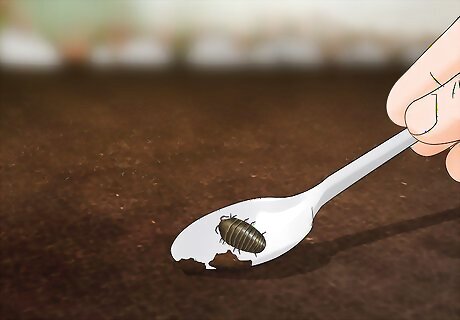
Scoop the isopods into the plastic cup with the spoon. Take the lid off the cup before you upturn any logs or rustle any leaves. Carefully move the logs, rocks, compost, or leaf litter and begin searching. Place the plastic spoon in front of an isopod as it moves and then transfer it into the cup. Try a different spot once you can’t see any more isopods, as they will all be hiding. Lightly tap the spoon on the side of the container to drop the isopod in.
Using Potato Traps
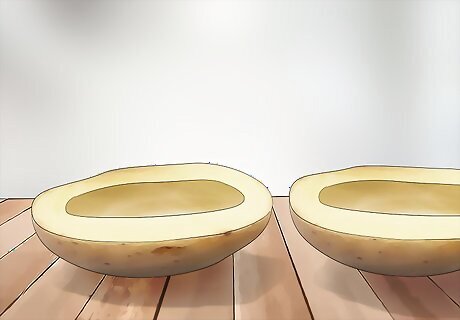
Cut a potato in half lengthwise and scoop out each center with a spoon. Place the potato on a chopping board and use a sharp knife to slice it. Isopods love to eat rotting vegetables, so potatoes make great bait. Get an adult to help if you have trouble with the knife. You don't need to wash or peel the potato.
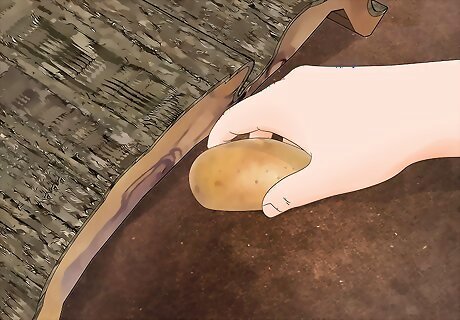
Place each potato half skin-side down under a log or in leaf litter. Find a damp, dark place in your backyard to put the potato traps. Position each potato half like a bowl and cover it well with leaves. Make sure that each potato half is covered fully by leaves so that it isn't exposed to the light.
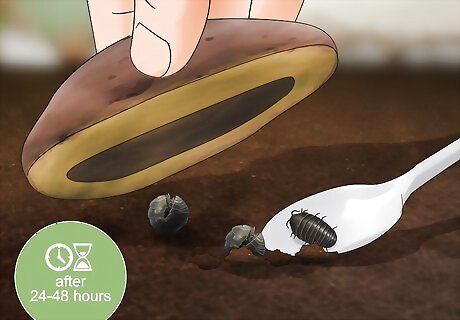
Collect isopods from the potato halves after 24-48 hours. Gently move the log or leaf litter to uncover the trap. Lift the trap and use a plastic spoon to scoop out any isopods into a plastic container. Otherwise, tap the potato gently over the opening on the container so the isopods fall in. Make sure the plastic container lid has holes for ventilation.
Caring for Isopods
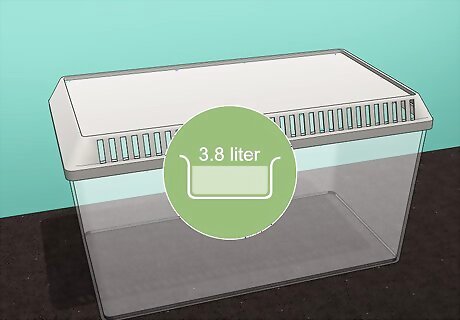
Get a 1 US gal (3.8 L) plastic container with holes in the lid. Either a plastic storage container or a small aquarium is ideal. Use scissors or a drill to punch a few holes in the lid so that air can circulate. This container size is great for 20-30 isopods. Ask an adult for help using scissors or a drill if you need.

Add 2 in (5.1 cm) of damp soil to the bottom of the container. Put on some gardening gloves and get soil from where you found the isopods. Spread it out evenly across the bottom of the container. Replace the soil twice each year and remove any dead isopods at the same time.
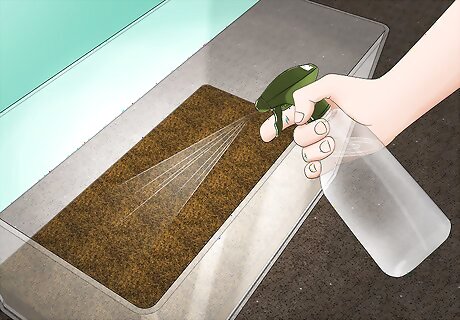
Mist the soil with water every day to keep it damp. Fill up a spray bottle with cool water. Check the soil twice per day and lightly spray it with water to keep it moist. The soil only needs to be damp, not saturated. You don't need to give the isopods drinking water, as they get plenty from the moist soil and their food.
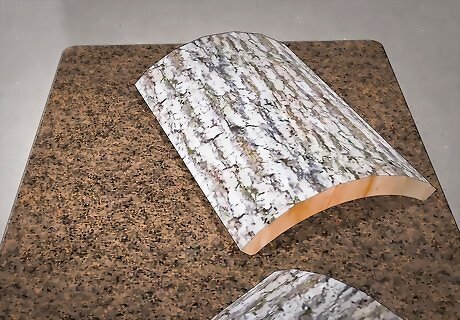
Place stones, bark, or crumpled paper in the container to give the isopods cover. Look around your backyard and collect anything that you think the isopods would like. Small twigs and a few leaves work well too! Try to make the container look like the natural habitat.
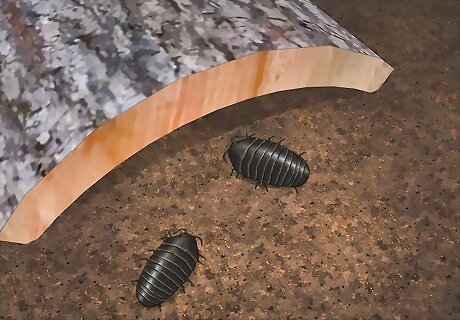
Transfer the isopods into their new home. Use a plastic spoon to carefully move the isopods from the collection container into their new habitat. You can also gently tip the plastic container onto the soil, as the isopods won’t get hurt when they fall. Remember to put the lid on the container when you are done.
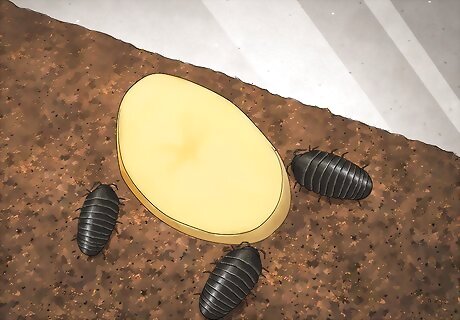
Feed the isopods 1 slice of potato per week. Potatoes are great for isopods because it gives them all of the nutrients and moisture they need. Replace the potato every week with a fresh slice. Isopods also love carrots, lettuce, and oatmeal.




















Comments
0 comment